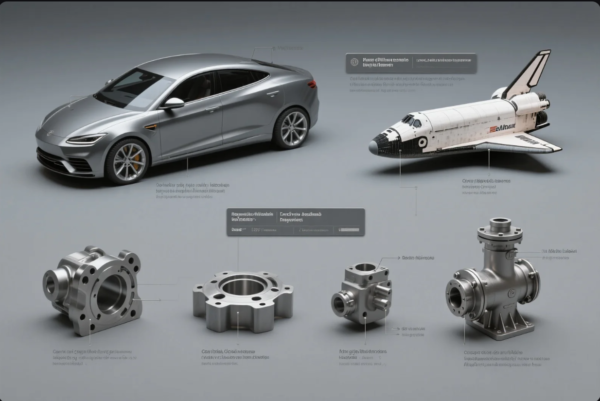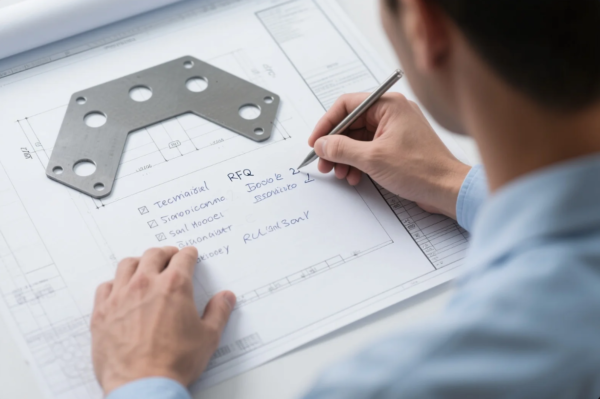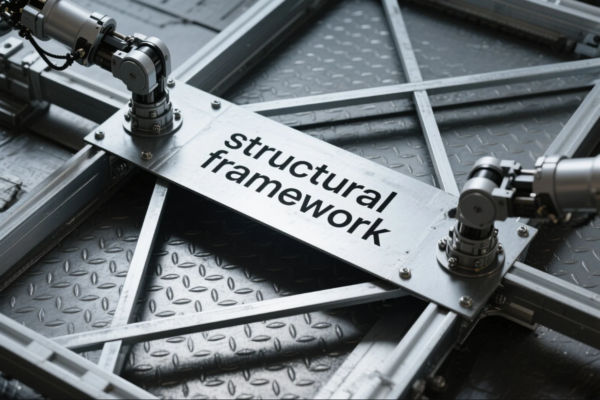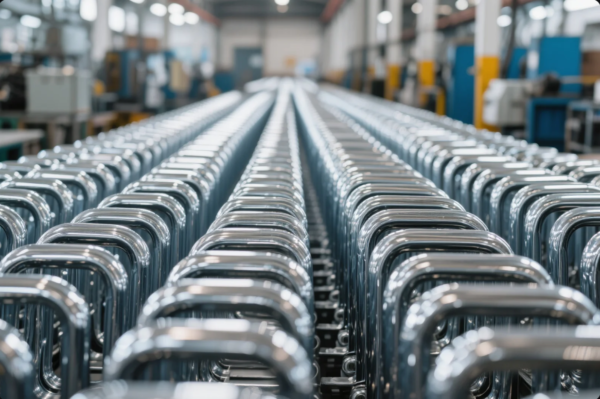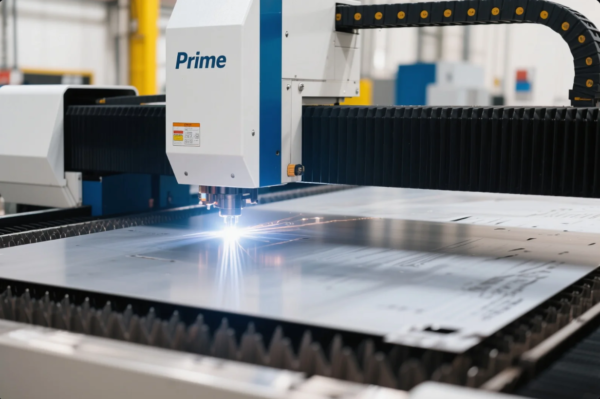What is the machine that cuts metal with water?
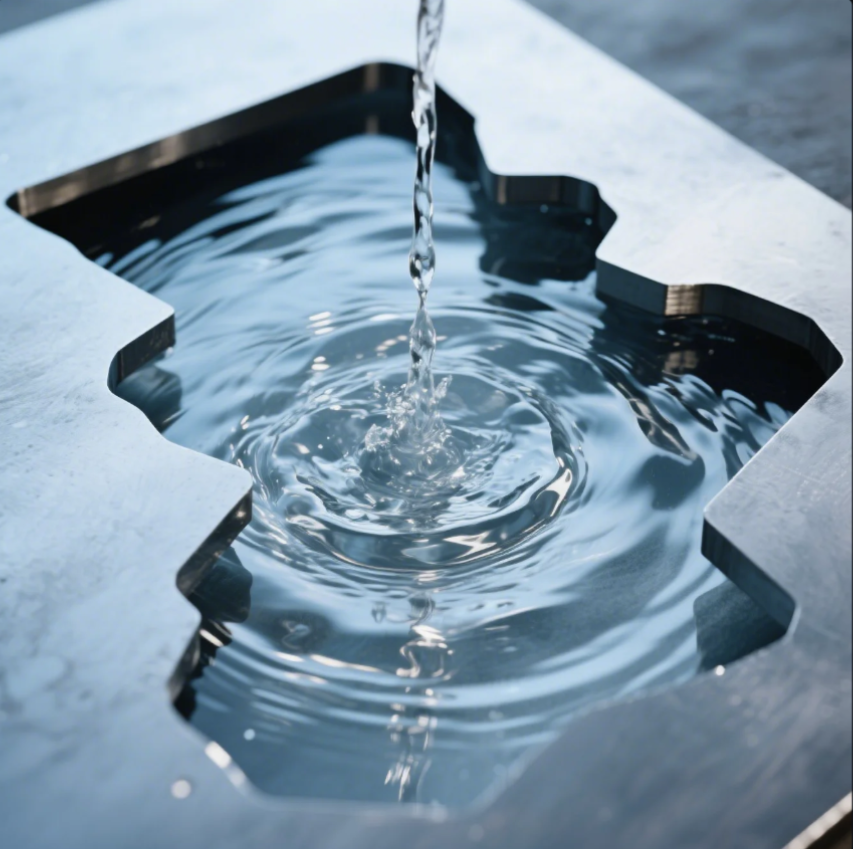
Need to cut metal with precision—without heat, distortion, or burning the edges?
The machine that cuts metal with water is called a waterjet cutter. It uses a high-pressure stream of water, often mixed with abrasive particles, to slice through metal with extreme accuracy.
At Prime, we use waterjet cutting for heat-sensitive parts, thick materials, and complex shapes that can’t tolerate thermal distortion.
What is it called when you cut metal with water?
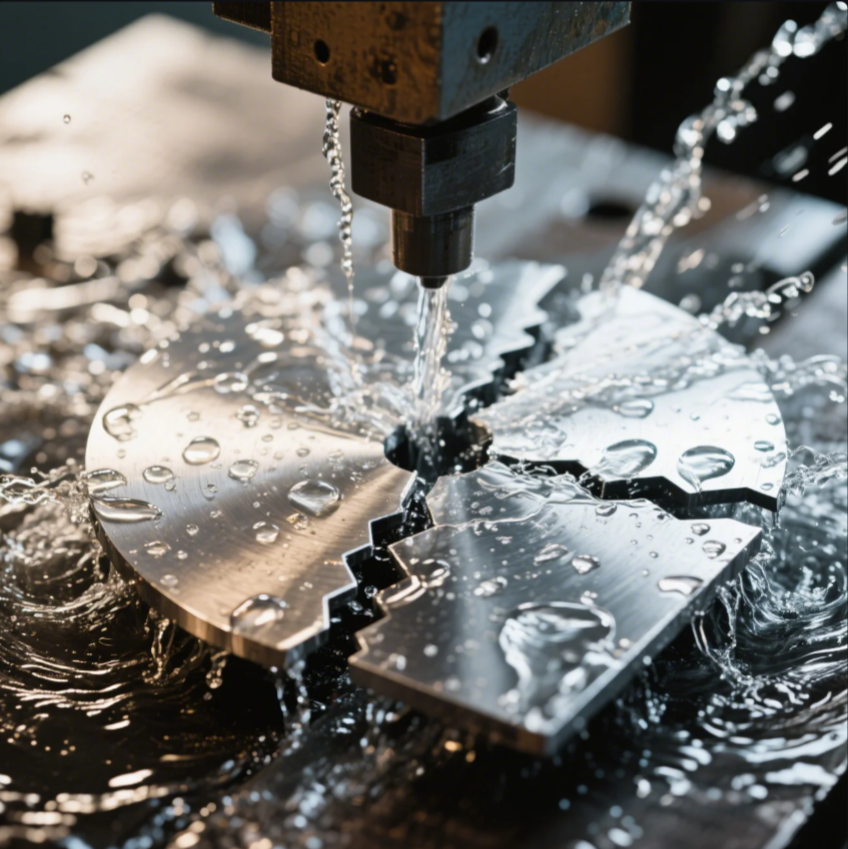
It sounds like science fiction—but it’s a proven industrial method.
Cutting metal with water is called waterjet cutting. It uses pressurized water, often up to 60,000 PSI, to erode material without heat.
At Prime, we apply waterjet cutting to titanium, stainless steel, copper, and composite panels, where thermal stress must be avoided.
Waterjet Cutting Key Features
| Feature | Description |
|---|---|
| Cold Cutting | No heat-affected zones (HAZ) |
| High Precision | Tolerances as tight as ±0.1 mm |
| Versatile Material Use | Cuts metal, glass, stone, and more |
It’s ideal for complex cutouts, prototypes, or multi-material jobs.
What is a water cutting machine called?
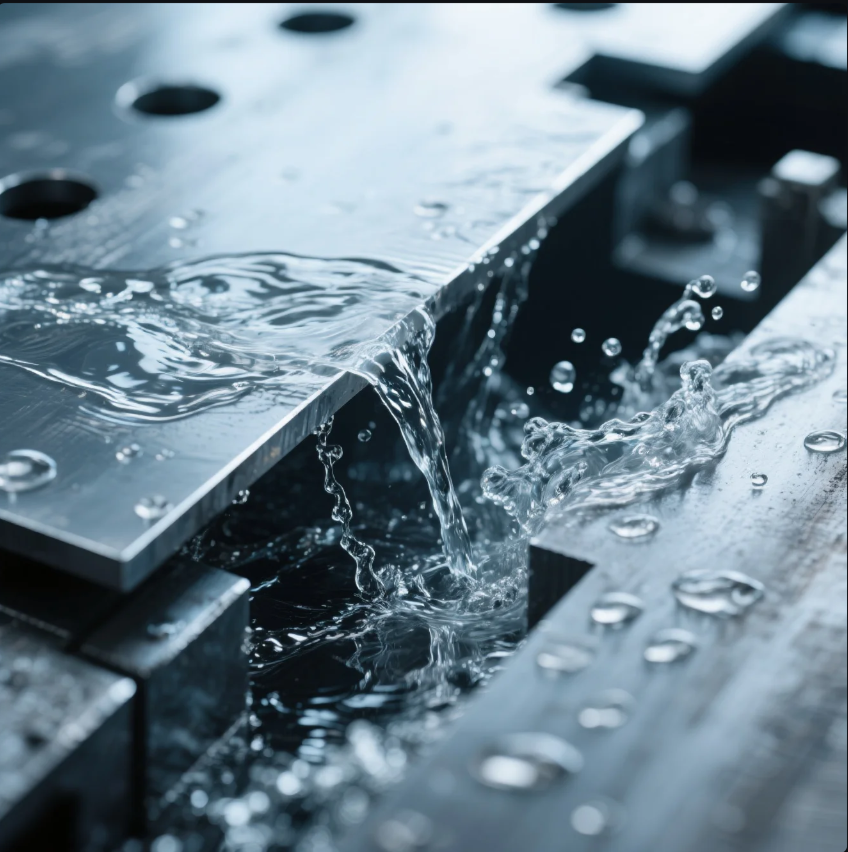
Different names—but one function: precise, cold cutting.
A water cutting machine is called a waterjet cutter, abrasive waterjet machine, or CNC waterjet system depending on the configuration.
At Prime, we use CNC-controlled waterjet systems for sheet metal components that require tight tolerances and clean edges without secondary finishing.
Waterjet Machine Variants
| Machine Type | Use Case |
|---|---|
| Pure Waterjet | For soft materials (plastic, foam) |
| Abrasive Waterjet | For metals, stone, and ceramics |
| CNC Waterjet | Automated high-precision cutting |
The machine uses garnet or aluminum oxide as an abrasive to increase cutting power.
How expensive is waterjet cutting?
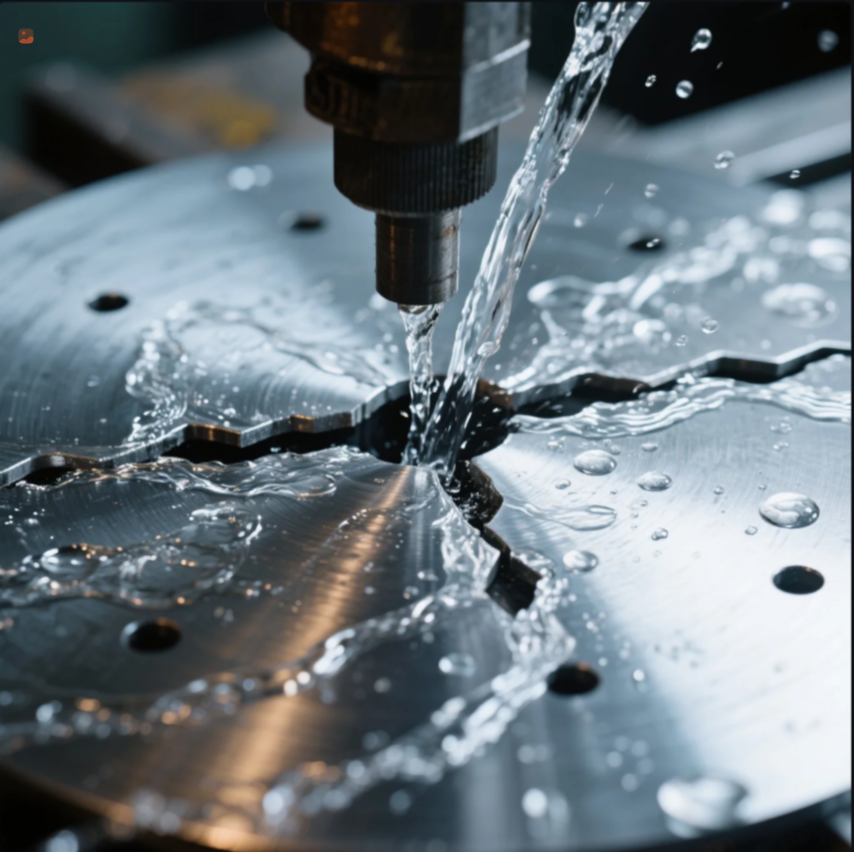
Precision has a price—but it’s often worth it.
Waterjet cutting typically costs \$100–\$150 per hour depending on part complexity, thickness, material type, and setup time.
At Prime, we offer competitive pricing for bulk waterjet parts and high-mix low-volume prototypes.
Waterjet Cost Factors
| Factor | Impact on Cost |
|---|---|
| Material Thickness | Thicker = slower = higher cost |
| Tolerance Requirement | Tighter = more time = higher cost |
| Part Quantity | High volume = lower cost per piece |
| Cutting Path Length | Complex geometry = more machine time |
We help you compare methods—waterjet vs. laser vs. CNC routing—for cost-efficiency.
Is waterjet cutting cheaper than laser cutting?
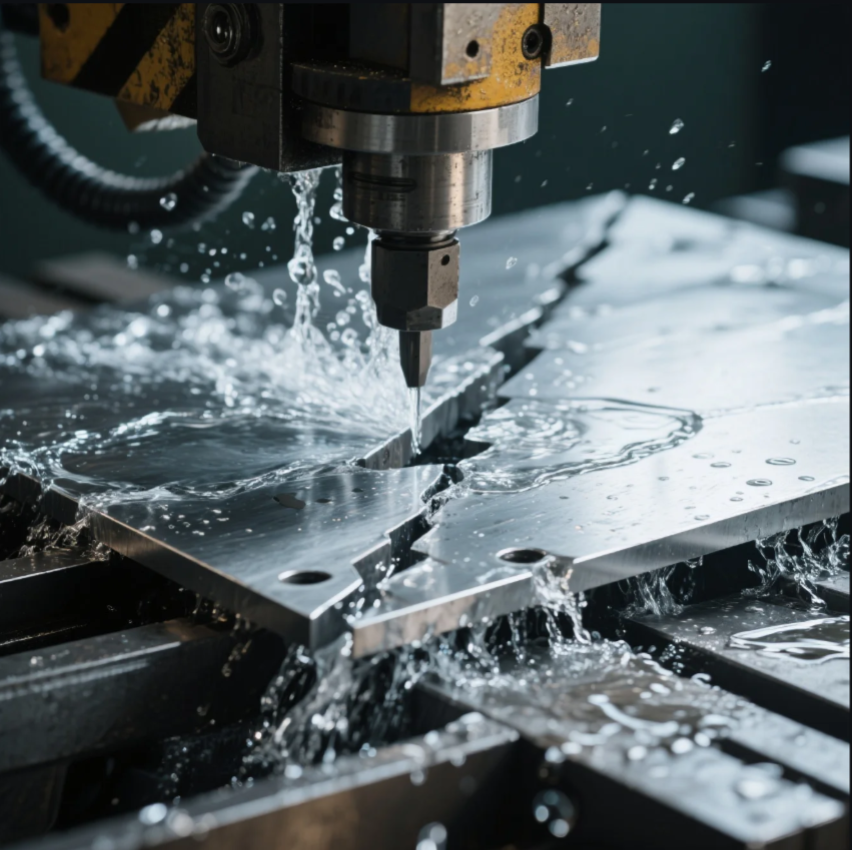
It depends on what you need—speed or precision, thin or thick material?
Waterjet cutting is often more expensive than laser cutting for thin sheet metal, but it becomes more economical for thicker, reflective, or non-metallic materials.
At Prime, we recommend waterjet cutting for aluminum ≥ 10 mm, stainless ≥ 6 mm, or multi-layer composites where laser or plasma may fail.
Waterjet vs. Laser Cost Guide
| Cutting Method | Best For | Relative Cost |
|---|---|---|
| Laser Cutting | Thin to medium metal (<8 mm) | Lower per part |
| Waterjet Cutting | Thick, reflective, or mixed materials | Higher hourly rate |
Waterjet avoids discoloration, warping, or edge hardening—key for aerospace or medical parts.
Conclusion
Waterjet cutting uses high-pressure water and abrasive to cut metal cleanly—without heat or distortion.
Need help choosing the right method for your project? Prime offers CNC waterjet and laser cutting services, with expert guidance to match your material, budget, and design. Contact us now for a precise quote.

